 PREVENT THIS:
PREVENT THIS:
DRUG ABUSE AND TEEN ADDICTION
Addiction is a struggle that many families in America must deal with and unfortunately, a percentage of those addicts are teenagers.
It’s hard to tell with a teenager if there is a problem mostly because it’s already a very volatile age to being with. Dealing with the trials and tribulations of high school friendships, romances, worst of all hormones, all while trying to gain their own self-identity. Some of these teens take these situations very hard and have yet to build up proper coping mechanisms. This, in turn, leads some teens to other ways of escaping how they feel and one of those ways is turn painkillers.
Some teens though aren’t looking for some quick high and need the painkillers after an injury or accident. The problem then becomes how long do they need the painkillers and weening the teens off.
Here are things to look for to notice if a teenager may be having a substance abuse problem:
- The substance is often taken in larger amounts or over a longer period than was intended.
- There is a persistent desire or unsuccessful effort to cut down or control the use of the substance.
- A great deal of time is spent in activities necessary to obtain the substance, use the substance, or recover from its effects.
- Craving, or a strong desire or urge to use the substance, occurs.
- Recurrent use of the substance results in a failure to fulfill major role obligations at work, school, or home.
- Use of the substance continues despite having persistent or recurrent social or interpersonal problems caused or exacerbated by the effects of its use.
- Important social, occupational, or recreational activities are given up or reduced because of use of the substance.
- Use of the substance is recurrent in situations in which it is physically hazardous.
- Use of the substance is continued despite knowledge of having a persistent or recurrent physical or psychological problem that is likely to have been caused or exacerbated by the substance.
- Tolerance, as defined by either of the following:
- A need for markedly increased amounts of the substance to achieve intoxication or desired effect
- A markedly diminished effect with continued use of the same amount of the substance.
- Withdrawal, as manifested by either of the following:
- The characteristic withdrawal syndrome for that substance (as specified in the DSM-5 for each substance).
- The use of a substance (or a closely related substance) to relieve or avoid withdrawal symptoms.
For more information on substance abuse please check out https://www.drugabuse.gov/publications/media-guide/science-drug-use-addiction-basics
And if you are facing the issue of someone who is abusing drugs but don’t know what to say or how to handle it you can look at this site: https://drugabuse.com/opiates/hotlines/
This has hotline numbers with dedicated respondents who will help talk you through what you should do or help you get in contact with a local treatment center that would be able to assist you.

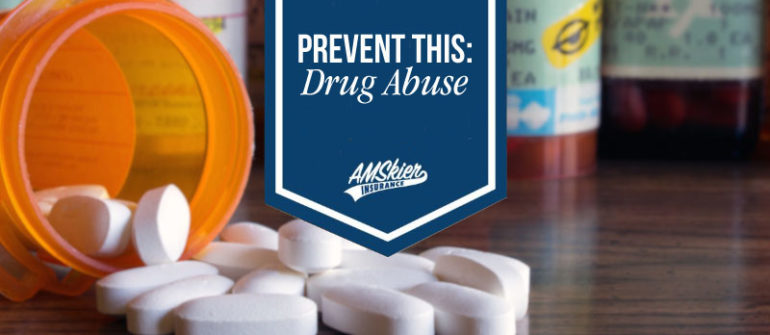
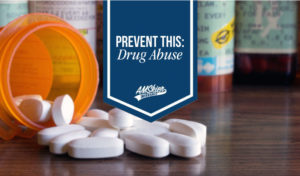 PREVENT THIS:
PREVENT THIS:
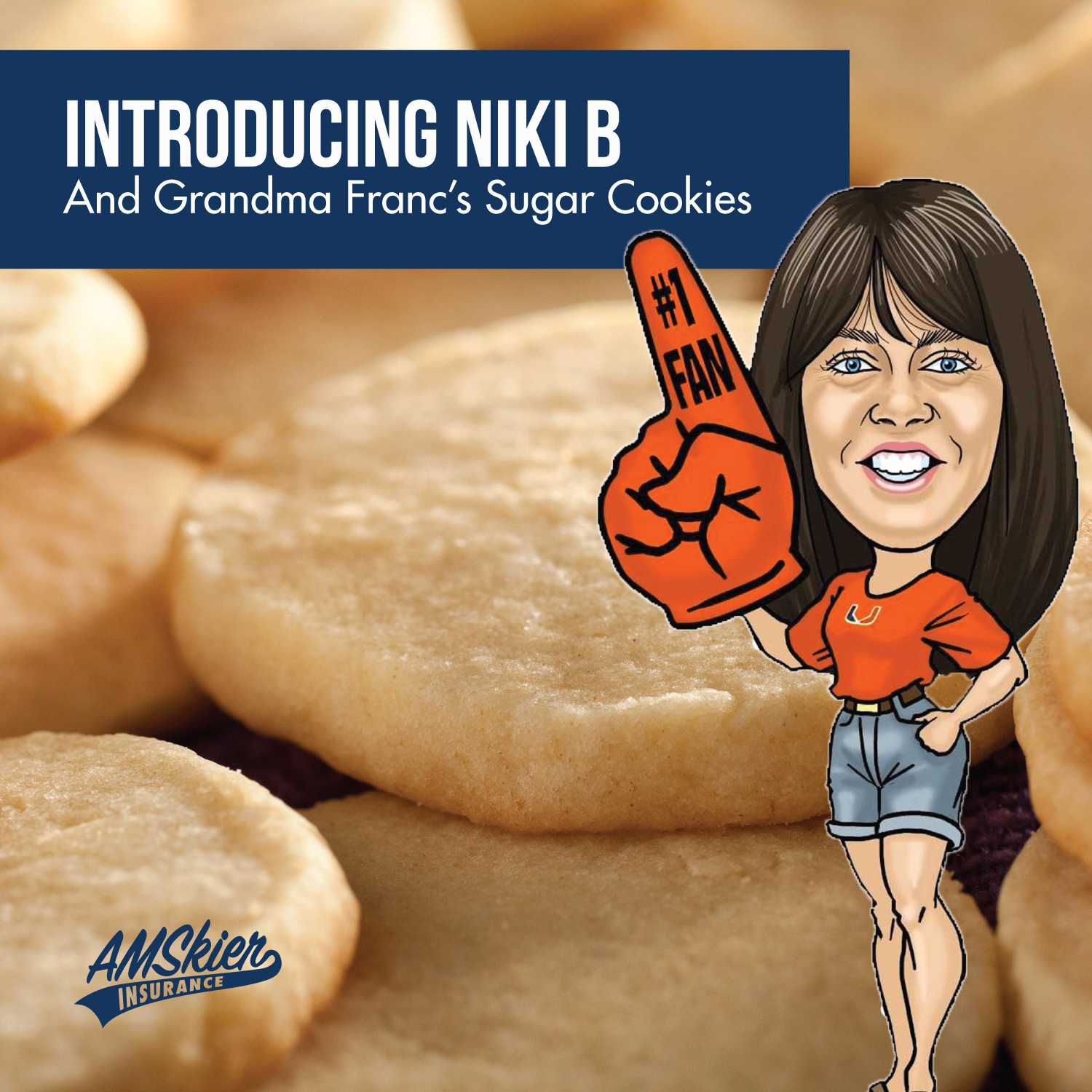 Introducing Niki Bolduc
Introducing Niki Bolduc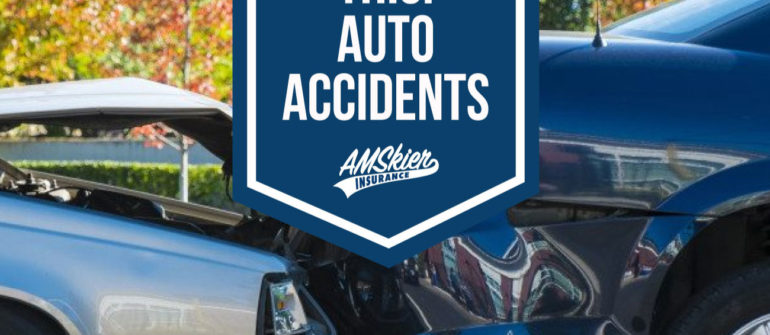
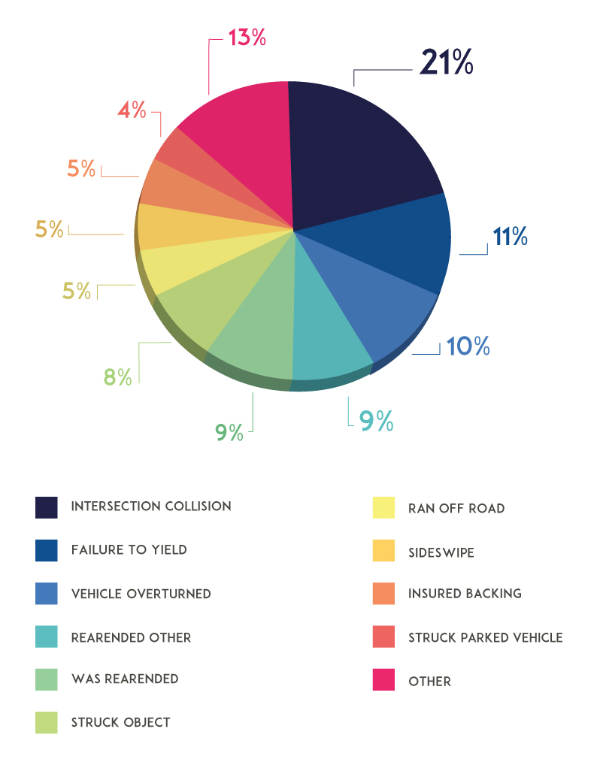

 Keep Holidays Happy | 11 Safety Tips
Keep Holidays Happy | 11 Safety Tips
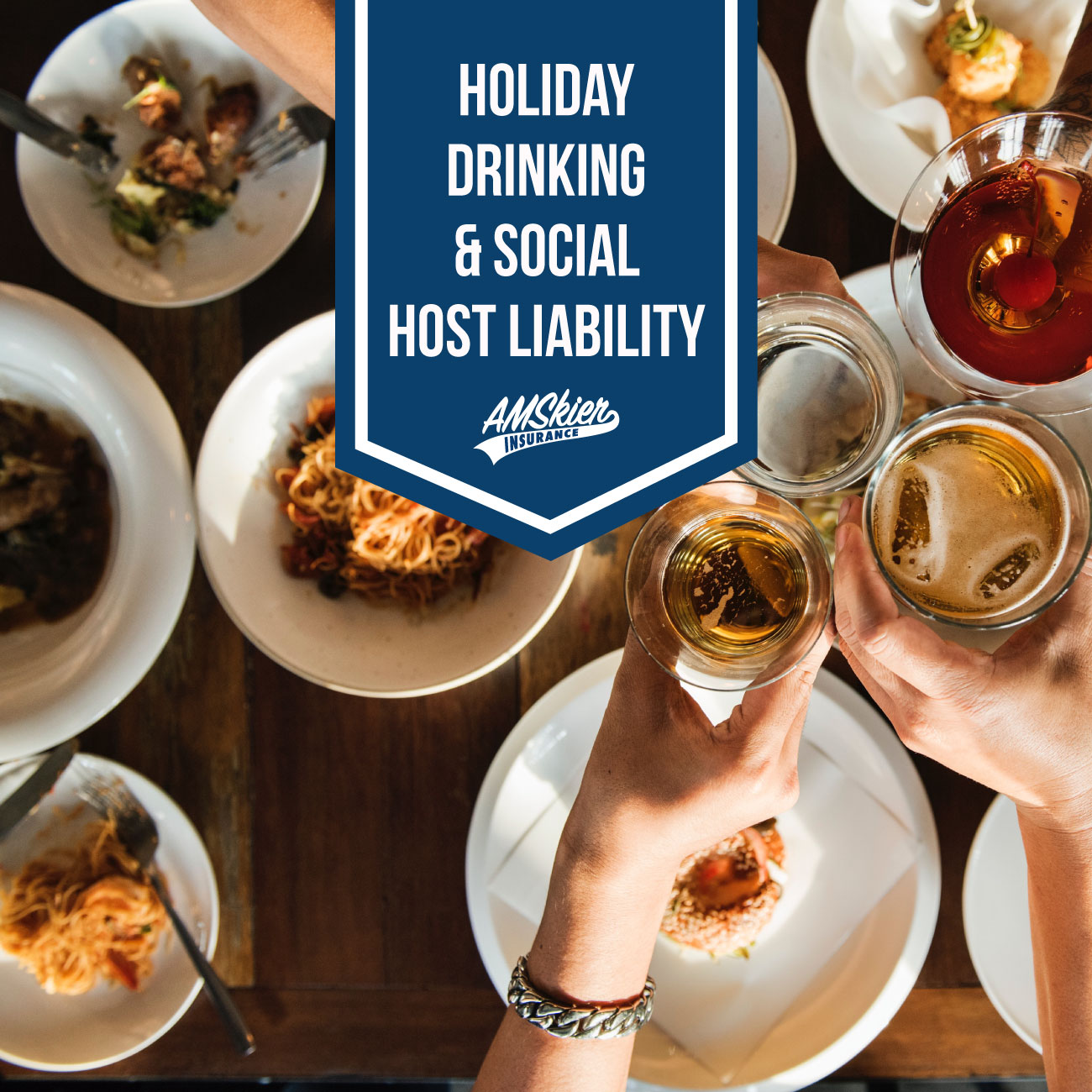 HOLIDAY DRINKING & SOCIAL HOST LIABILITY
HOLIDAY DRINKING & SOCIAL HOST LIABILITY